- Your cart is empty
- Continue Shopping
Product
Automatic Haematology Analyzer
₦6,500,000.00
haematology analyzer is a medical device used to perform a complete blood count (CBC), which measures various components of blood like red blood cells (RBCs), white blood cells (WBCs), platelets, hemoglobin, and hematocrit, allowing healthcare providers to diagnose and monitor conditions like anemia, leukemia, and infections by analyzing cell counts and morphology; key features include automated cell differentiation, differential white blood cell count (identifying different types of WBCs), analysis of cell size and volume, flagging abnormal results, and the ability to perform reticulocyte counts for assessing bone marrow function.
-
Diagnosis and monitoring of blood disorders:
Detecting abnormalities in blood cell counts, like anemia (low RBCs), leukemia (abnormal WBCs), thrombocytopenia (low platelets), and infections (elevated WBCs).
-
Blood screening for transfusions:
Checking donated blood for compatibility and potential infectious diseases.
-
Treatment monitoring:
Evaluating the effectiveness of chemotherapy or other treatments by tracking changes in blood cell counts over time.
-
General health assessment:
Performing routine CBCs as part of a standard checkup to assess overall health.
-
Cell counting:
Accurately counting the number of RBCs, WBCs, and platelets per microliter of blood.
-
Differential white blood cell count:
Distinguishing between different types of WBCs like neutrophils, lymphocytes, monocytes, eosinophils, and basophils.
-
Cell size and volume analysis:
Measuring the average size and volume of RBCs (MCV, MCH, MCHC) to identify potential abnormalities in red blood cell morphology.
-
Platelet distribution width (PDW):Assessing the variation in platelet size, which can indicate certain bleeding disorders.
Only logged in customers who have purchased this product may leave a review.


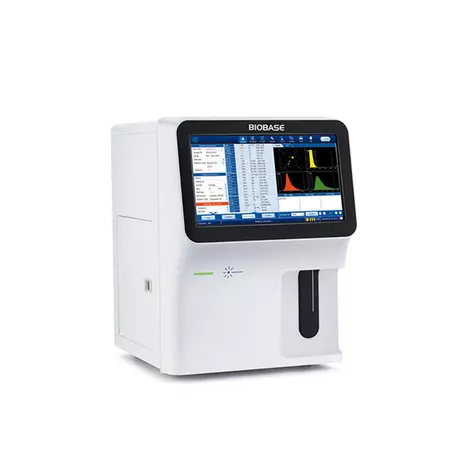

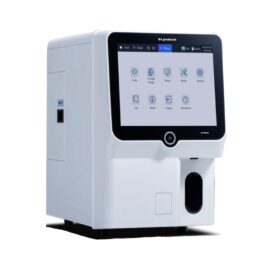
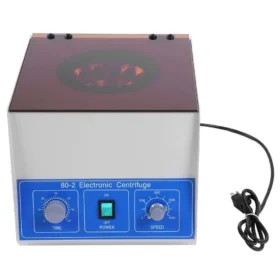

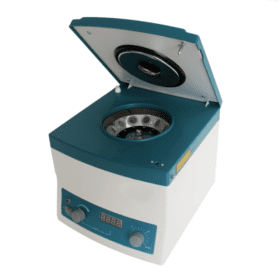
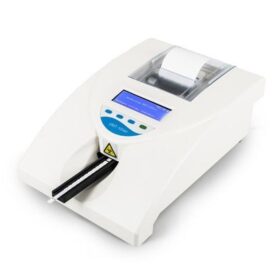
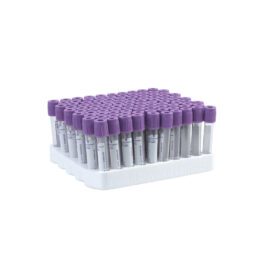
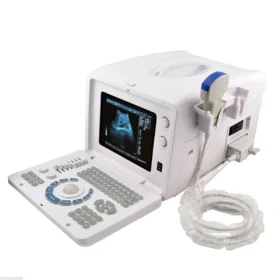
Reviews
There are no reviews yet.